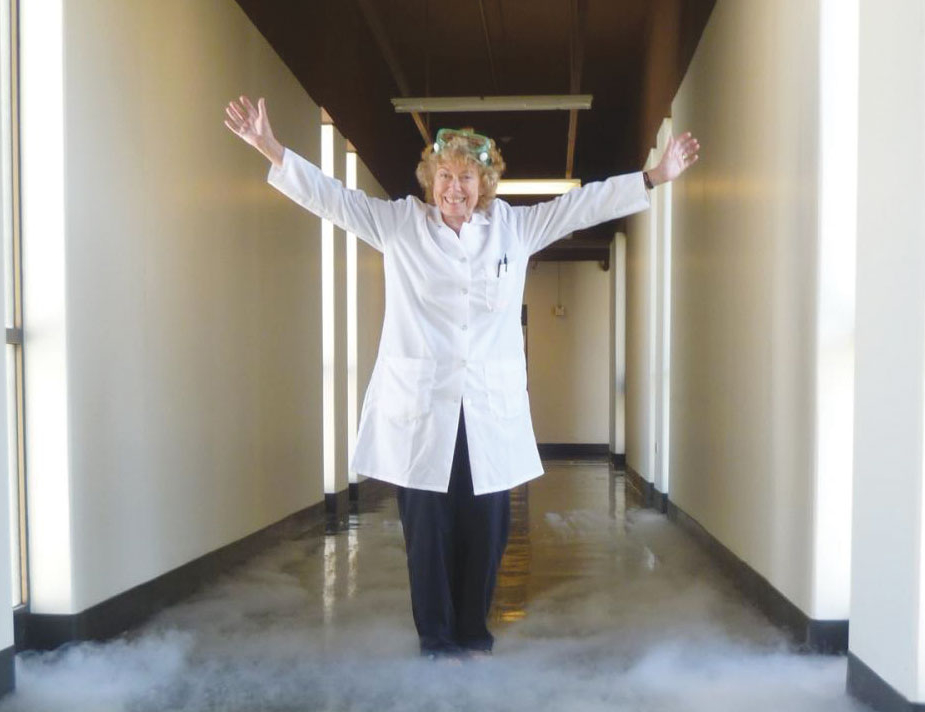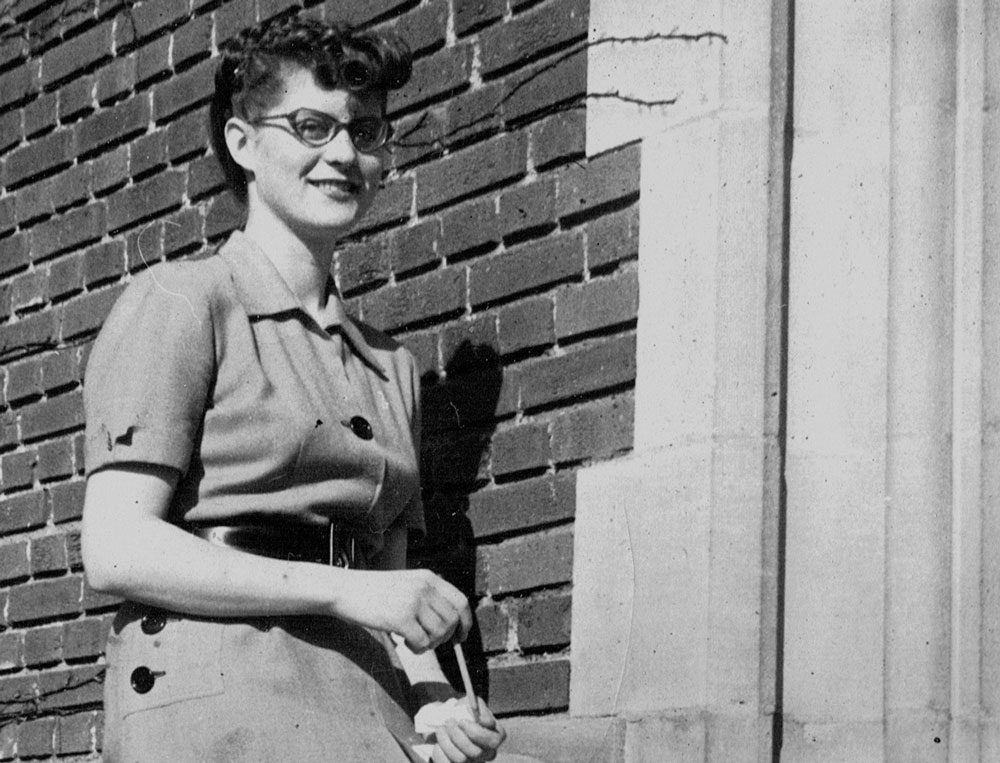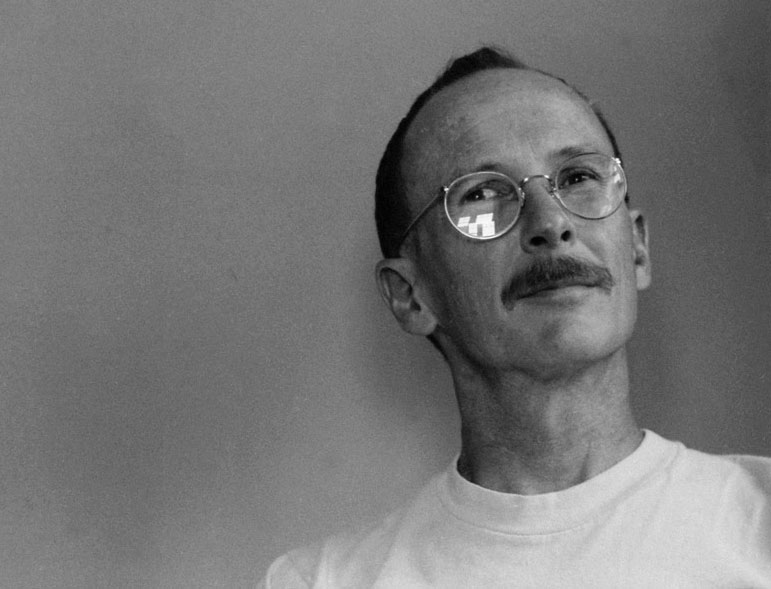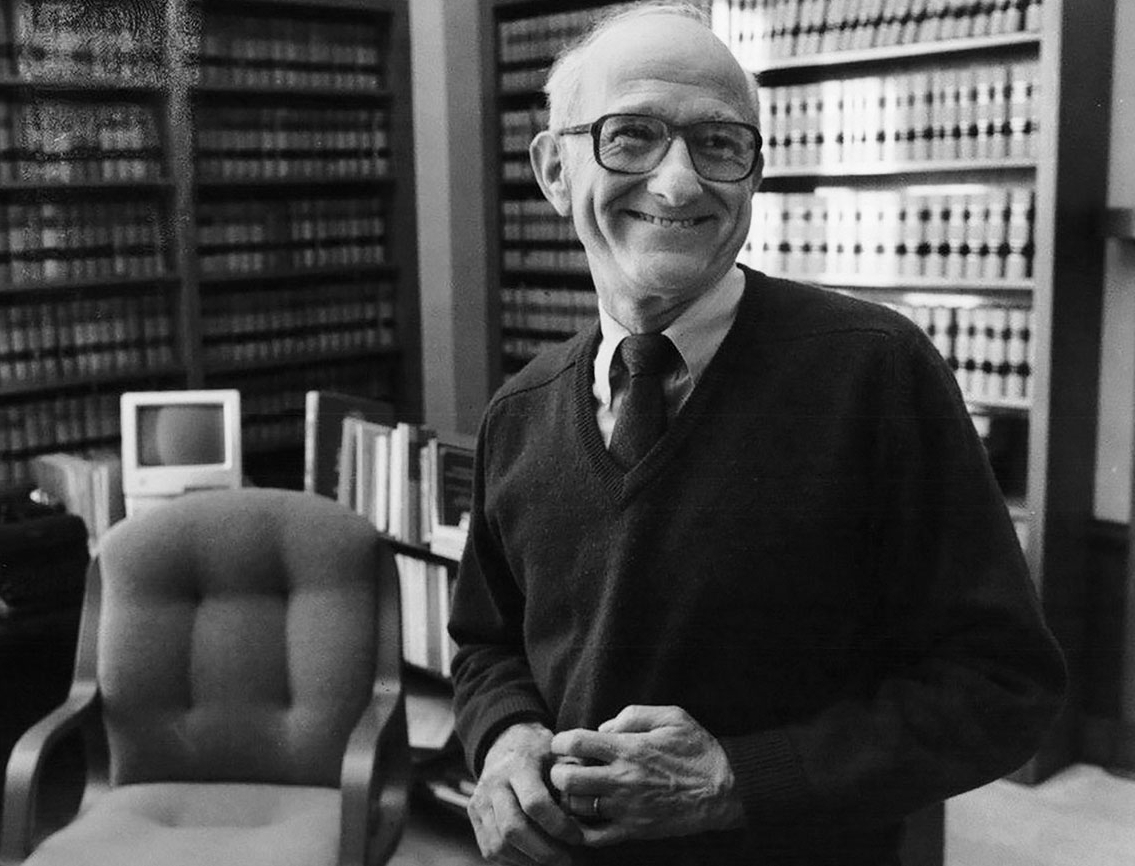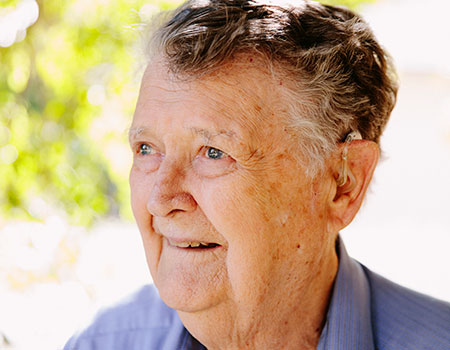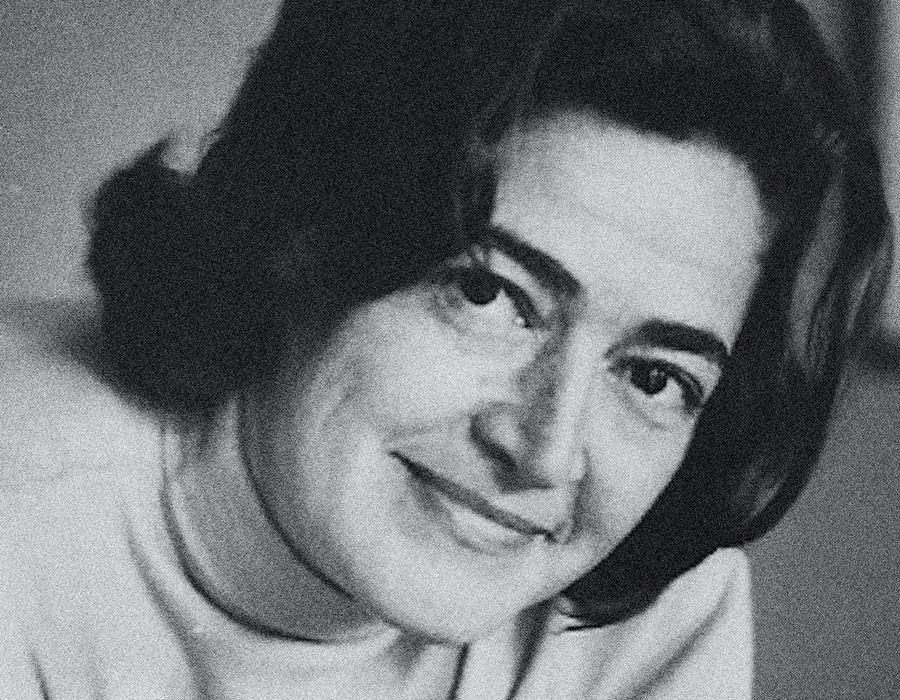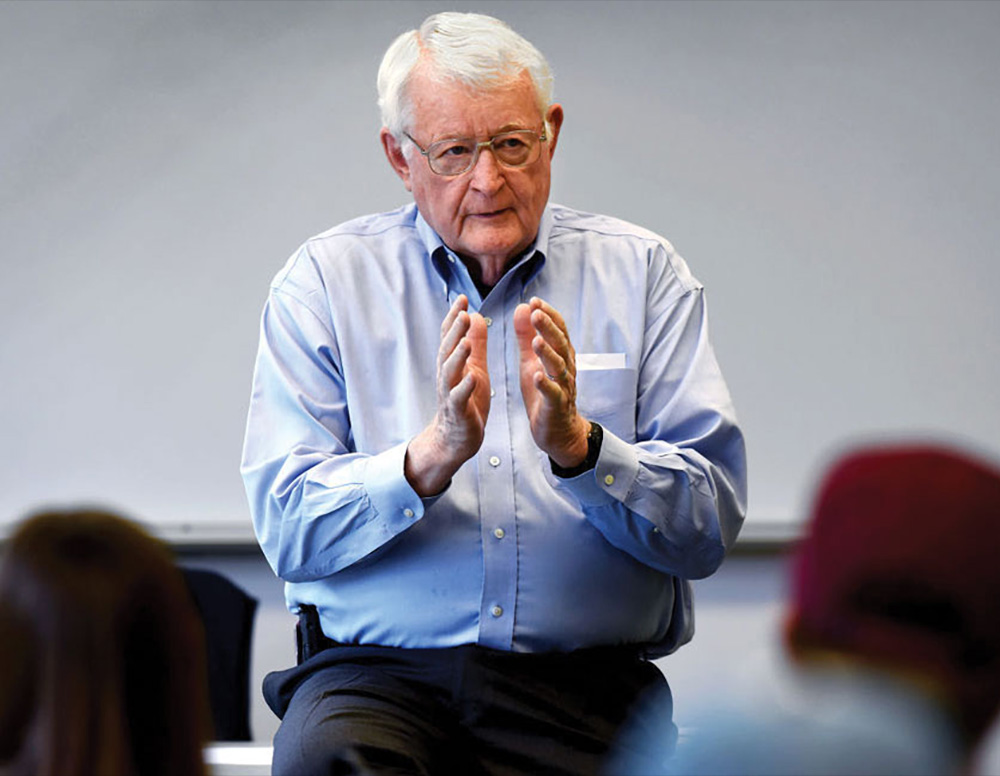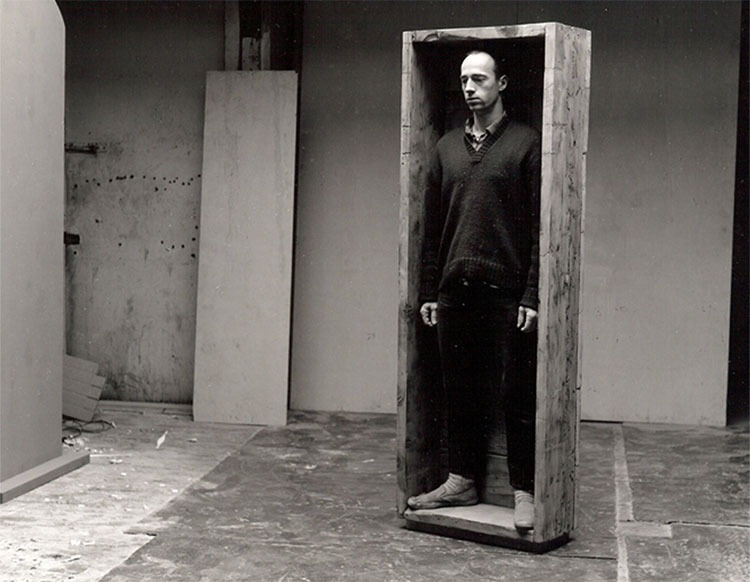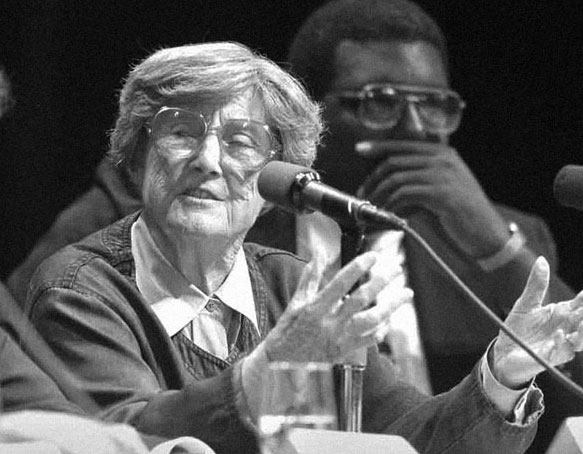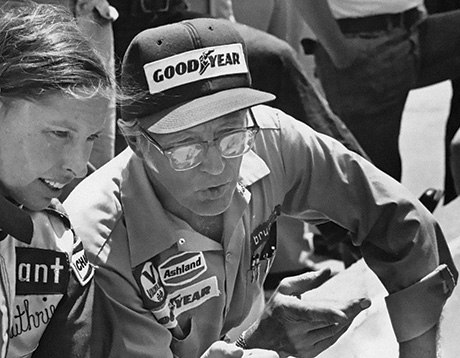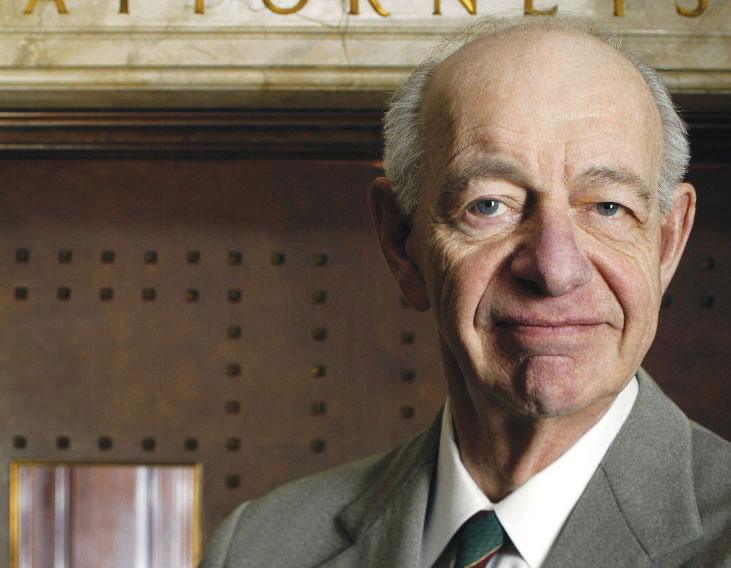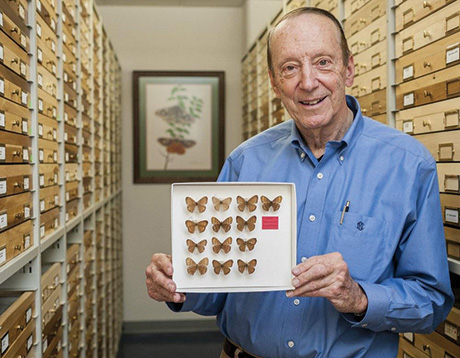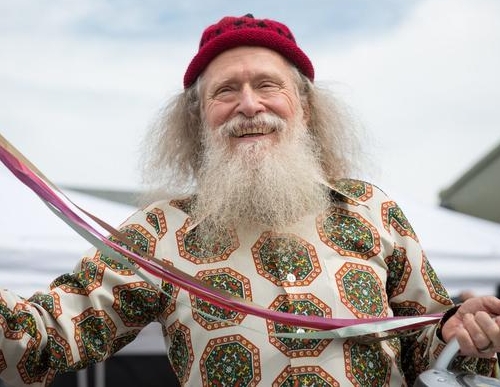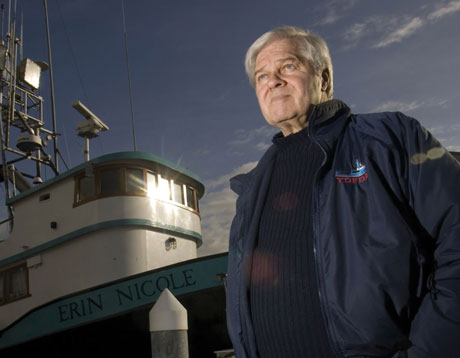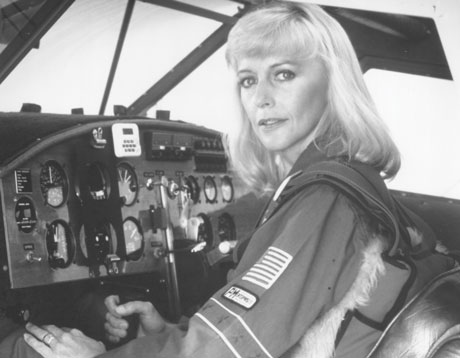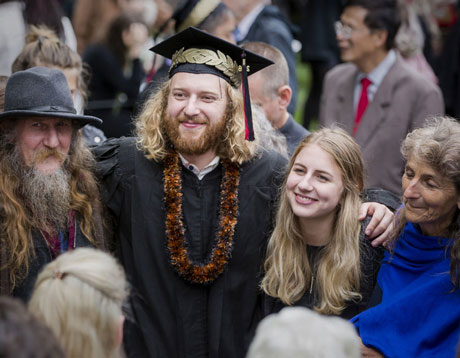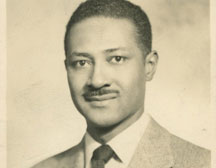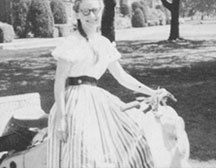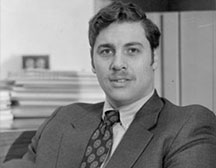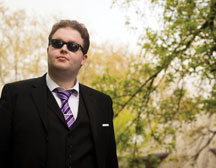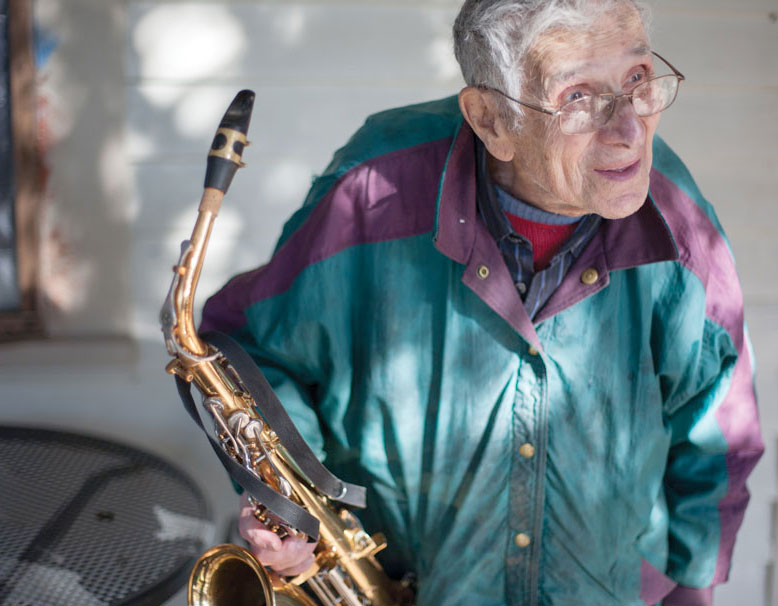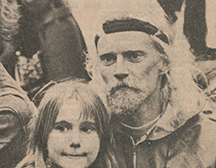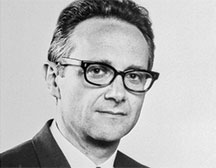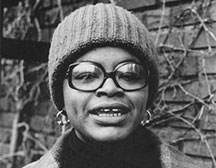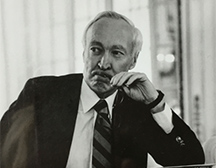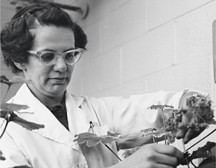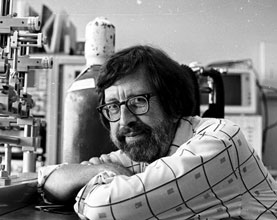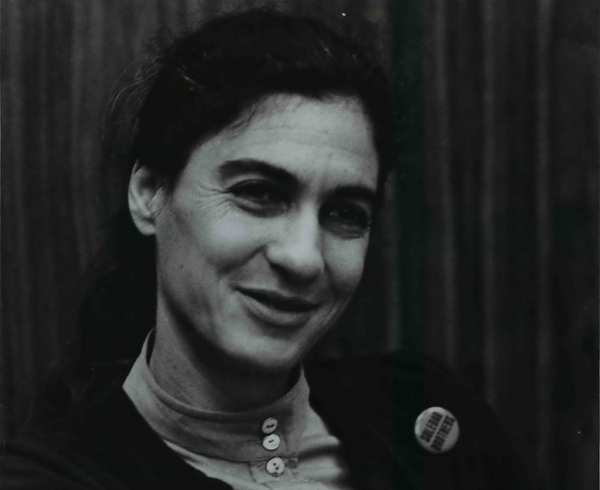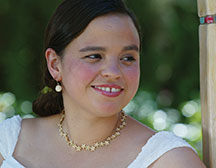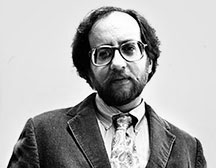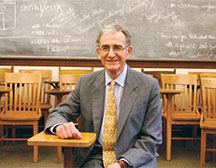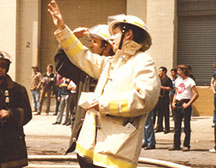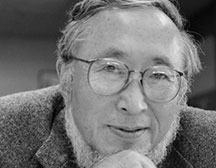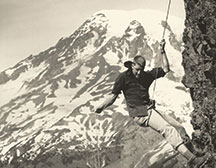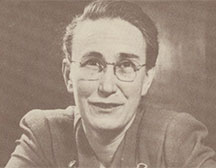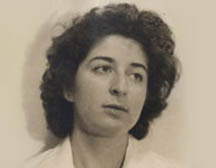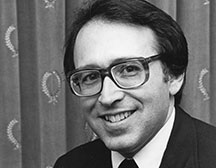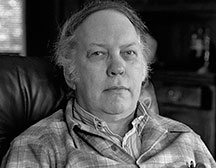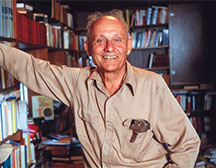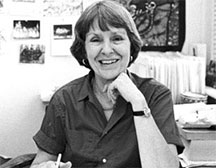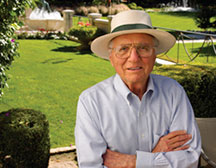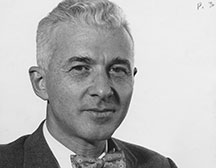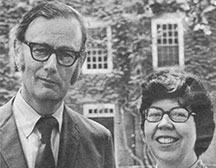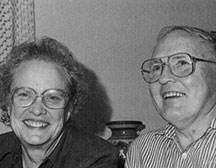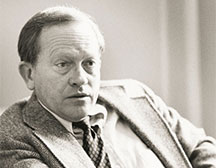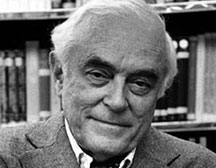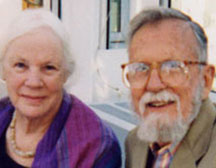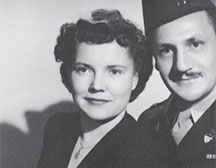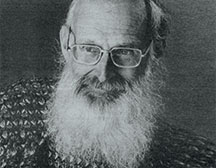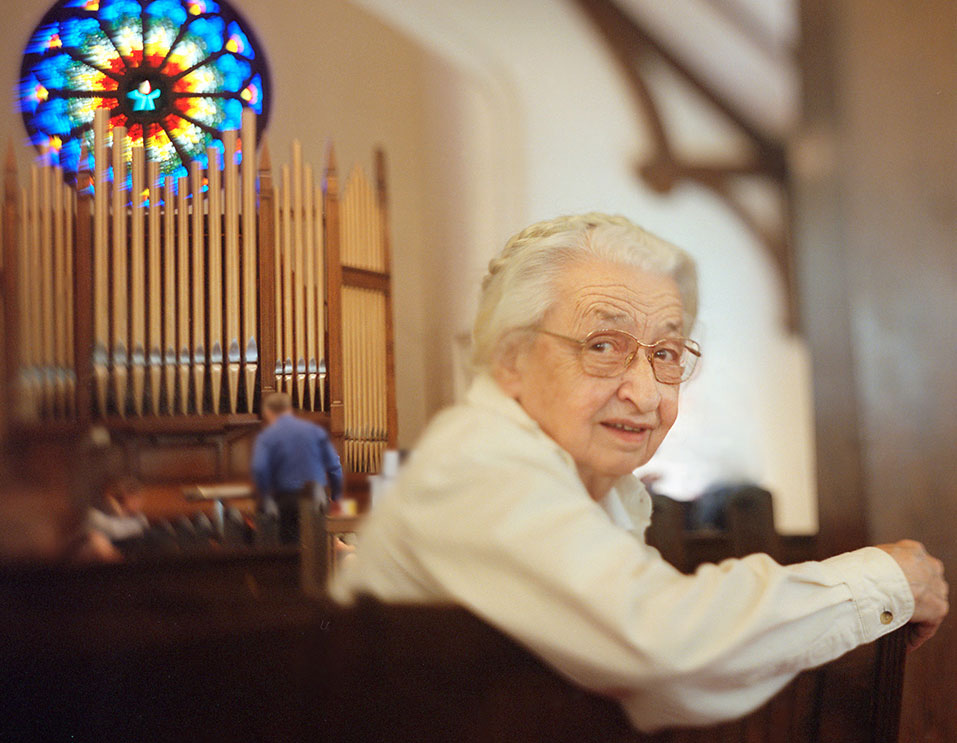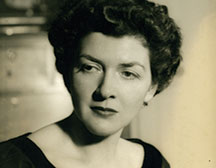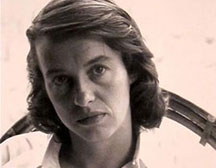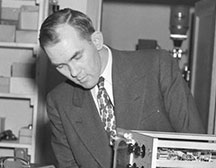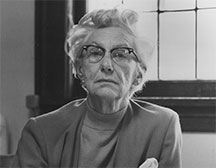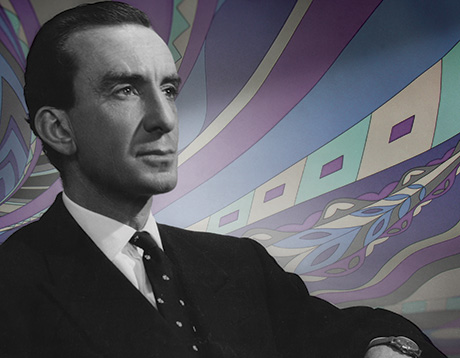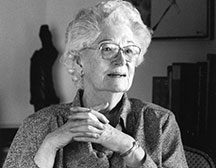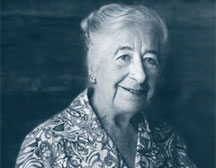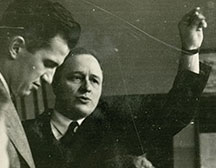The Architect of Zoloft
Kenneth Koe ’45
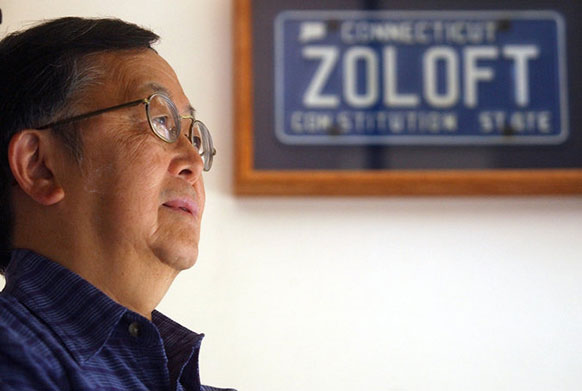
Ken Koe ’45 grew up in Chinatown, won a scholarship from Reed, majored in chemistry, and discovered Zoloft. Photo by Tim Martin for the Day
Most of them will never know his name. But millions of people around the globe have fought off depression and led more fulfilling lives thanks in part to his discovery—sertraline hydrochloride, better known as Zoloft.
Chemist B. Kenneth Koe ’45 died peacefully on October 7, 2015, in his daughter’s home in Shrewsbury, Massachusetts, at the age of 90.
Ken was born in 1925, in Astoria, Oregon, the son of Chinese immigrants who worked at the salmon canneries. The family later moved to Portland, where his parents purchased the C&H Laundry on Northwest Sixth Avenue, and lived with Ken and his sister in the back.
“When I was a senior at Lincoln High School, I really had no idea where I would be attending college, if at all,” Ken said. “Coming from a poor family and living near Portland’s Chinatown, I applied for scholarships to several colleges within the city and hoped for the best.”
On the night before his high school graduation, he learned that Reed had offered him a full scholarship. He enrolled in the fall of ’42 as a commuter, or “day dodger,” as they were known in those days. On weekends, he washed dishes and waited tables at the bustling Hung Far Low restaurant in Chinatown.
Ken wrote his thesis, An Apparatus for the Porous Disc Method of Determining Osmotic Pressure, with adviser Prof. Fred Ayres [chemistry 1940-70]. Deemed too skinny to meet the physical requirements for military service, he headed to graduate school, first at the University of Washington and then Cal Tech, where he received his doctorate in chemistry.
After his postdoc at Cal Tech in 1954, he worked as an organic chemist at Southwest Research Institute in San Antonio, Texas, and taught organic chemistry at San Antonio College. The following year, he and his wife Jo Ann moved to New York City where he started as an organic chemist with Pfizer Research Laboratories, first in Brooklyn and later at their headquarters in Groton, Connecticut. In a short time he moved to their central research department as a pharmacologist/neuroscientist.
In 1977, Ken became interested in a family of psychoactive compounds already developed at Pfizer known as the tametraline series. Pfizer had discarded the series because some of the compounds had shown an undesired stimulant effect in animals. But Ken was curious. He knew that depression was linked to low levels of the neurotransmitter serotonin. Could the tametraline series be modified to block the absorption of serotonin in the brain’s synaptic channels, thus boosting its concentration and lifting a depressed person’s mood? Convinced that the question was worth pursuing, Ken worked with another Pfizer chemist, Willard Welch, to synthesize some new and unexplored derivatives.
“Two compounds with chlorine [atoms] in particular positions had very interesting properties,” he said later. “I tested every one of those isomers—one turned out to be a selective serotonin reuptake inhibitor [SSRI], and that compound became sertraline hydrochloride, which developed into Zoloft.”
Ken published the first paper on the new compound in 1983. Nine years later, the drug hit the pharmacy shelves and became an overnight sensation. As one of the so-called “new generation” of SSRIs, it proved much more effective than earlier medications. More than 115 million people have been treated with it for a variety disorders including depression, obsessive-compulsive disorder, post-traumatic stress disorder, panic, and social anxiety issues. And while drug can have serious side effects, many people say it has rescued them from despair.
“Zoloft makes me more the person I’ve always struggled so hard to try to be,” writes one blogger. “It took my life from living like everything was the end of the world to everything having a solution somewhere.”
Drug development in the late twentieth century, involving many stages of synthesis, testing, and refinement, lay far beyond the reach of any single individual. Nonetheless, Ken played a central role in the discovery of Zoloft. Recounting the discovery in 1995, his co-discoverer Welch wrote: “Hundreds of very talented individuals contributed to the development of this compound during and after the events described in this review, and it would be unfair to single out some individuals from among the many. However, it should be obvious that, without the scientific ability and curiosity of Dr. B. Kenneth Koe of the Pfizer Department of Pharmacology, it is unlikely that this discovery would have come about.”
Ken held 14 U.S. Patents and wrote or co-wrote 150 technical articles and abstracts during his time at Pfizer. But the discovery of Zoloft was the highlight of his career. In 2008, he was accorded the Howard Vollum Award for Distinguished Accomplishment in Science and Technology. During his acceptance speech he acknowledged that strangers and friends had thanked him personally for his part in the discovery of the antidepressant.
“My role in the discovery of Zoloft depended on many factors coming together,” he said. “Personal prerequisites include a solid technical background, a willingness to learn and adapt, a prepared mind, and perseverance. Having congenial colleagues and understanding bosses is important. A key factor in all drug discovery efforts is still luck! I was lucky to have been part of the golden era of the pharmaceutical industry, which gave me a unique opportunity for creative thinking and doing scientific research in technical areas outside of my chemistry training. But maybe the most critical factor for me is that many years ago Reed College offered me a scholarship to come here—enabling me a start towards a scientific career.” (emphasis added.)
Active in local Connecticut politics, Ken was a three-term councilman in Ledyard, and served on the town’s Democratic Town Committee. He sang in the choirs at the United Methodist Church of Gales Ferry and the Eastern Connecticut Symphony Chorus. He also served on the board of trustees of the Thames Valley Music School at Connecticut College.
Kenneth was predeceased by his wife, Jo Ann (Lew), who died in 1995, and by his brother, Richard Koe. He is survived by his daughters, Kristin M. Koe and her husband, Gregory K. Steinberg of Shrewsbury, and Karen E. Koe of Long Beach, California; his five grandchildren, Joshua, Jacob and Rebecca Steinberg, Ethan and Joanna Rucker; and his sister, Virginia Wong of Oakland, California.
Appeared in Reed magazine: December 2015
comments powered by Disqus
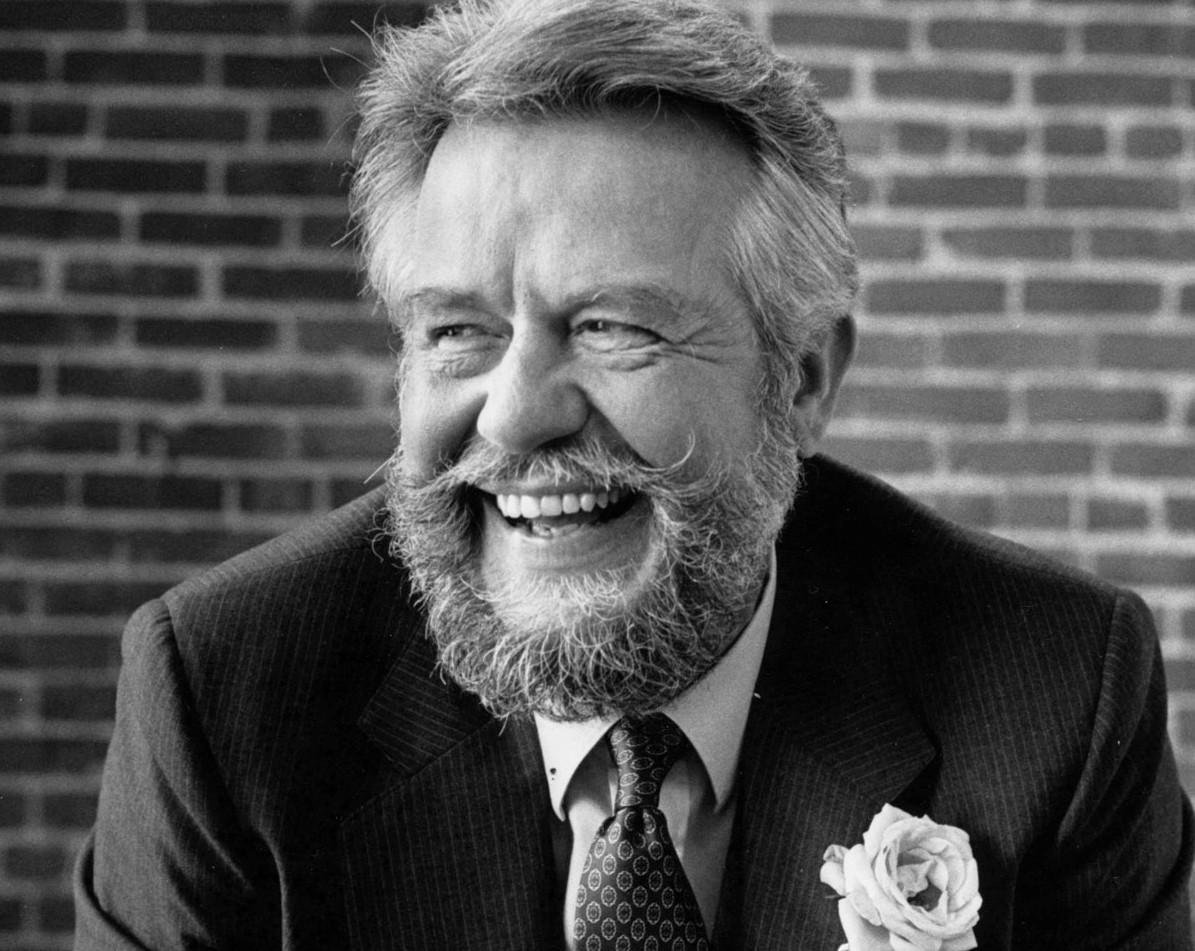
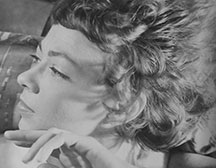
![Photo of Prof. Marvin Levich [philosophy 1953–94]](https://www.reed.edu/reed-magazine/in-memoriam/assets/images/2022/LTL-levich1.jpg)
![Photo of President Paul E. Bragdon [1971–88]](https://www.reed.edu/reed-magazine/in-memoriam/assets/images/2020/Bragdon.jpg)
![Photo of Prof. Edward Barton Segel [history 1973–2011]](https://www.reed.edu/reed-magazine/in-memoriam/assets/images/2020/Segel.jpg)
